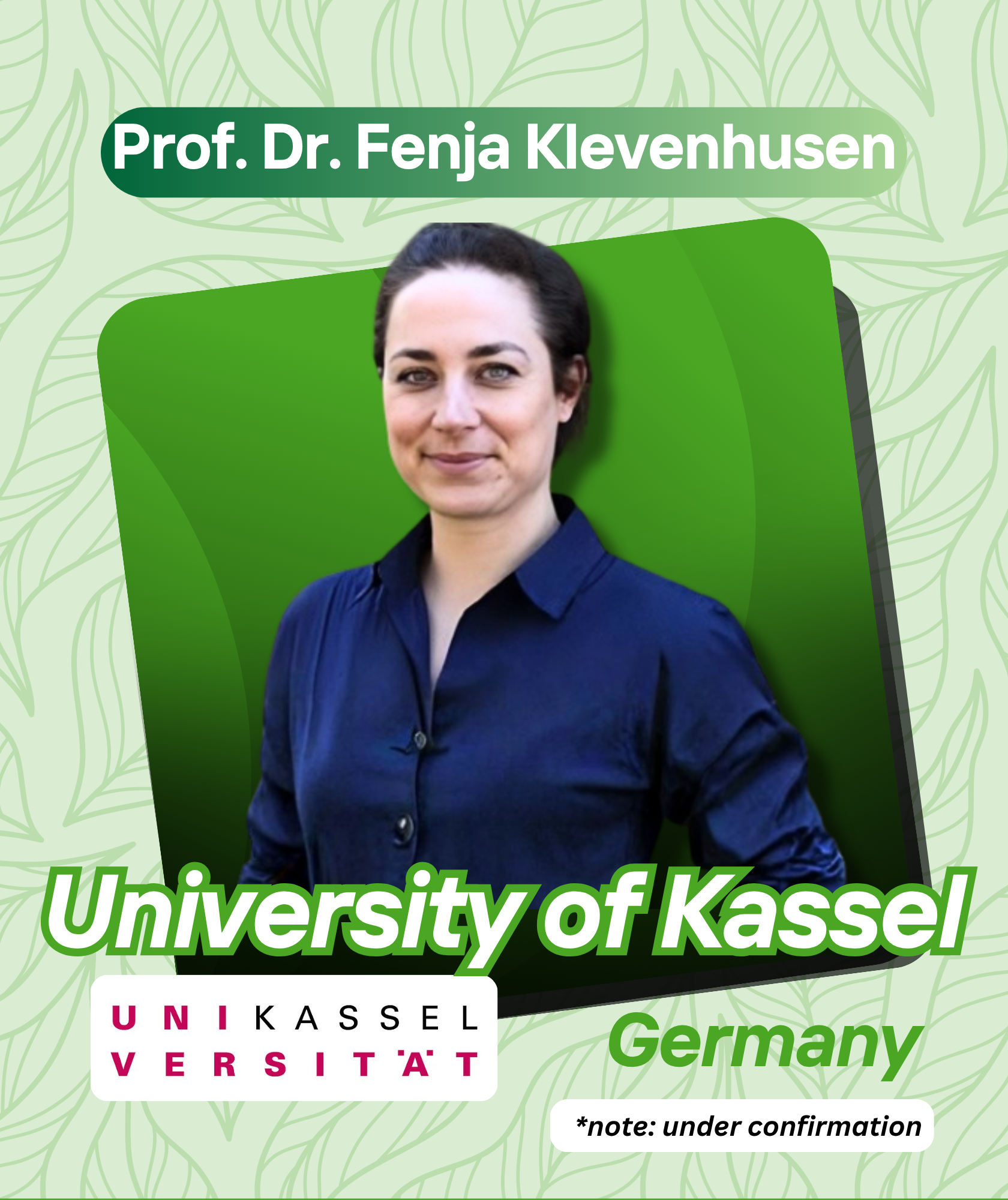The Production of Waste Cooking Oil Biodiesel by Non-Catalytic Methods
This title has been presented on Friday, December 15, 2023 at 13.15-13.25 GMT+7.
Abstract
This title has been presented on Friday, December 15, 2023 at 13.15-13.25 GMT+7.
Biodiesel is an alternative fuel that comes from renewable energy sources and is increasingly in demand as a solution to reduce dependence on fossil energy. Biodiesel is known as an environmentally friendly fuel and produces exhaust emissions that are relatively cleaner than fossil fuels.
Biodiesel production in Indonesia generally uses the catalyst method. This method has disadvantages, namely the very long time required for the process and high production costs. Using abundant and cheap raw materials is an effort to reduce biodiesel production costs. Currently, the raw material used is CPO, the price of which continues to rise and its availability is often scarce. In an effort to increase sustainable and environmentally friendly biodiesel production, waste cooking oil has been identified as a potential raw material. Apart from reducing the amount of used cooking oil waste, this raw material is very easy to find, is abundant in quantity, and has a relatively cheap price. Biodiesel from used cooking oil using non-catalyzed semicontinuous flow was chosen because there has been no previous research on this matter. The semicontinuous flow noncatalytic method involves a transesterification reaction, where used cooking oil is reacted with an alcohol (such as methanol) to produce biodiesel and glycerol.













